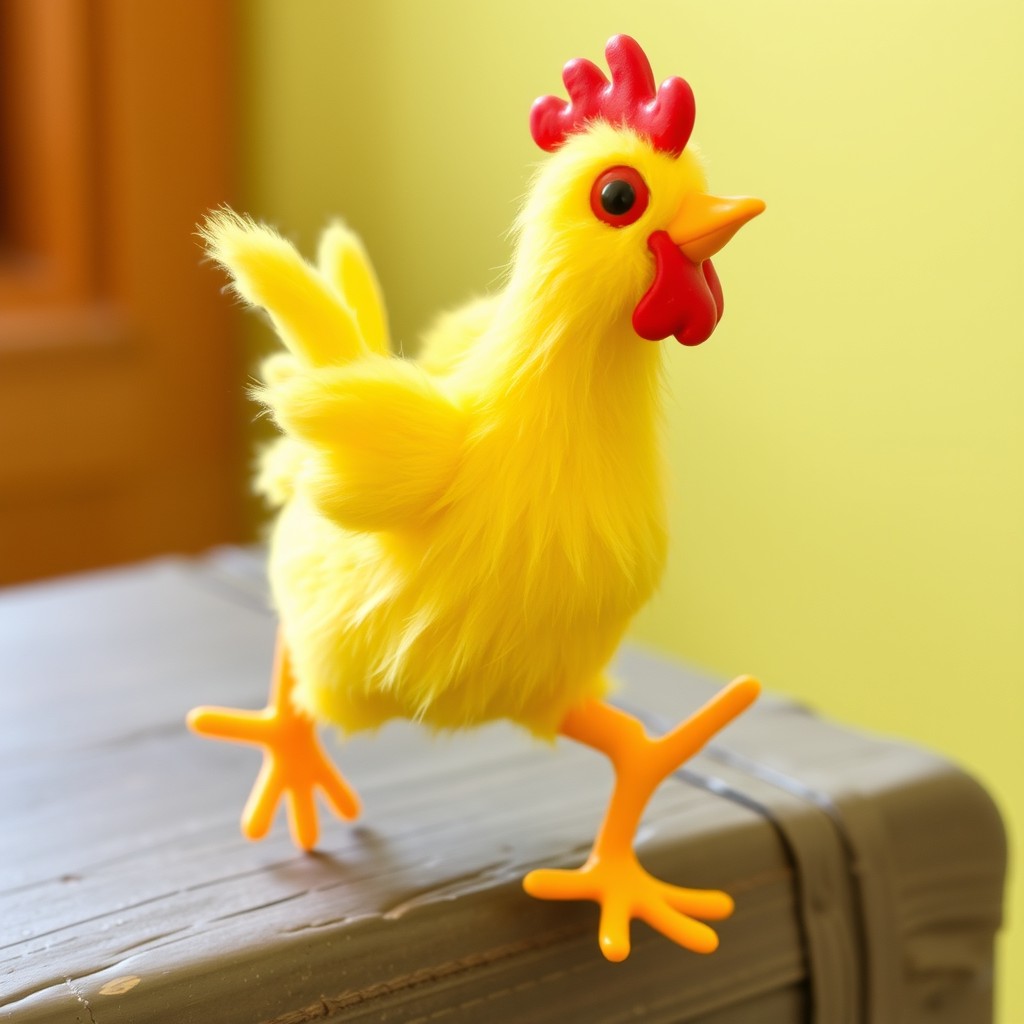Complete Care Guide for Vintage Clockwork Toys
Maintain, clean, and preserve your wind-up treasures the safe way — clear steps for daily handling, storage climate, and long-term conservation.
Daily care & handling
Proper handling
Wash hands; avoid touching movement parts. Lift from underneath, not by legs/wings. Be extra gentle with loose trims, plush seams, and decals.
Quick inspection
Listen for new noises, check for loose fasteners, and verify smooth winding. Stop if resistance increases — forcing the key can damage the spring.
Daily checklist
- • Clean hands; no lotion/grease
- • Support from the base
- • No touching cams/gears
- • Check for loose parts
- • Note new sounds/vibrations
- • Light test wind only

Exterior cleaning
Dust with a soft dry brush. For spots, use a barely damp cloth with mild soap — keep moisture away from the movement. Always patch-test on a hidden area.
Movement care
Never wash the mechanism. Remove dust using air/soft brush. If action gets stiff, seek professional service; random oils attract grit and cause wear.
Proper storage
Environment
Cool, dry, and stable. Target 40–60% RH and avoid temperature swings. A small hygrometer helps track conditions; use (de)humidifiers if needed.
Light protection
Keep out of direct sun and harsh lighting. UV damages plush and paint. Prefer LED displays and rotate placement to avoid uneven fading.
Storage requirements
- • 40–60% humidity / stable temp
- • UV-safe display (filters/LED)
- • Dust covers; acid-free tissue
- • Individual padding/boxing
- • Easy access for inspection
Wind-up mechanism maintenance
Regular operation
Wind gently every few months to keep parts moving; never over-wind. Let it fully run down before the next wind so lubrication distributes evenly.
Watch for issues
New scraping sounds, shorter run time, or winding resistance = service time. Stop immediately and avoid forcing the key.
Common problems & fixes
Spring fatigue
Old mainsprings may lose elasticity. Replacement should match original spec and be installed by a trained restorer using proper tools.
Dust & debris
Grit increases friction and wear. Professional cleaning (no solvents) restores smooth movement without harming finishes.
Prevention tips
- • Gentle periodic running
- • Stable climate; dust control
- • No over-winding
- • Hands clean; cotton gloves optional
- • Regular visual checks
- • Professional service when needed
When to seek professional help
What needs a specialist
Broken teeth, distorted springs, seized governors, or structural repairs (plush seams, plates, rivets) require an experienced restorer.
Choosing a restorer
Ask for similar-work examples, method transparency, and parts sourcing policy. Prefer conservation over heavy refinishing to preserve value.
Typical services
- • Movement cleaning & lubrication
- • Mainspring replacement
- • Alignment & governor tuning
- • Exterior conservation
- • Condition assessment & valuation
- • Authenticity review
Long-term preservation
Documentation
Keep photos, serial/marking notes, service dates, and provenance. A simple spreadsheet tracks changes and supports insurance and resale.
Insurance & security
Consider collectibles coverage, appraise periodically, and secure valuable pieces (locked cases, alarms).
Preservation checklist
- • Condition records & photos
- • Maintenance log
- • Appraisal & insurance
- • Security measures
- • Conservation-first repairs
- • Succession planning
Emergency care
Immediate response
Stop using the toy. Stabilise it on a soft surface, document the issue with photos, and store in a dry, dust-free box until assessed.
Prevent further damage
Don’t operate a seized mechanism. Protect from moisture and handling. Wait for a professional evaluation before any attempt to fix.
Recommended care schedule
Daily
Careful handling, quick visual check, correct storage after viewing.
Weekly
Light dusting, inspect screws/trim, short test run if appropriate.
Monthly
Review climate logs, deeper visual inspection, update documentation.
Annual care
- • Professional condition check
- • Deep clean if required
- • Mechanism inspection/tune
- • Storage environment review
- • Insurance appraisal update
- • Documentation review
Need expert care advice?
Send photos or questions — we’ll help with identification, gentle restoration steps, and safe storage plans.
